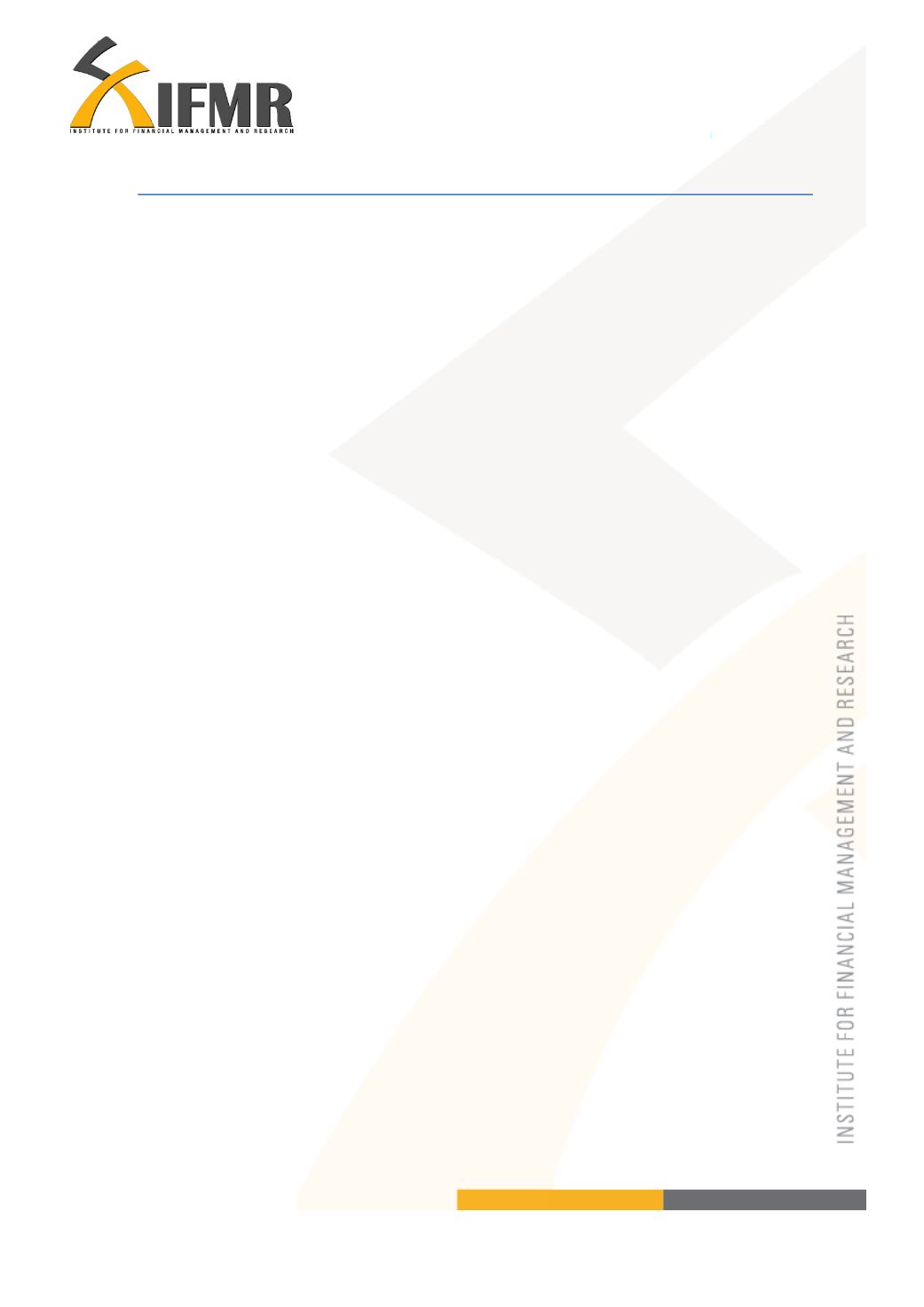
13
Chapter 2:
Literature Review
2.1 Introduction
The literature on SHGs and joint liability models provide a straightforward argument for
the success of these joint liability groups- they help overcome problems of informational
asymmetries and moral hazard as members belong to the same community/ village and
have through knowledge of the type and the joint liability ensures that safe lenders group
together. As the members are in close proximity to each other and because the cost of
failure is borne by all members jointly, strategic default or hiding of information is not
possible. This promotes trust among the members of the group. This notion of social
capital ensures that any possibility of free-riding is curtailed by economic and social
sanctions against members.
2.2 Present status in India
The present status of SHG-bank linkage shows that it is the dominant model for financial
inclusion in India. However, there is still a wide disparity in the region-wide distribution
of the SHGs. As of 2009, the southern region accounted for 65.96 percent of the total
SHGs while the share of the north-eastern region was 2.19 percent. Similarly, with
respect to bank loans dispersed; southern region accounted for 68.66 percent of total
loans to SHGs (Maurya, 2010).
While successes loom large, there are still some challenges- there is a need to move from
credit to enterprise and savings and a need to improve the quality of the SHGs. It is also
important to correct for the regional imbalances. The economic benefits that have


